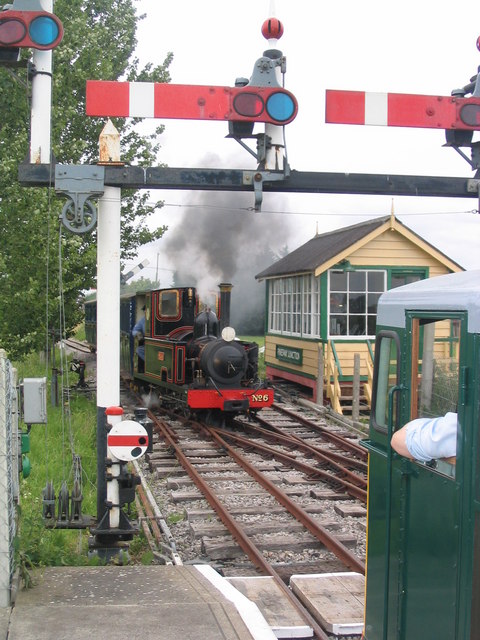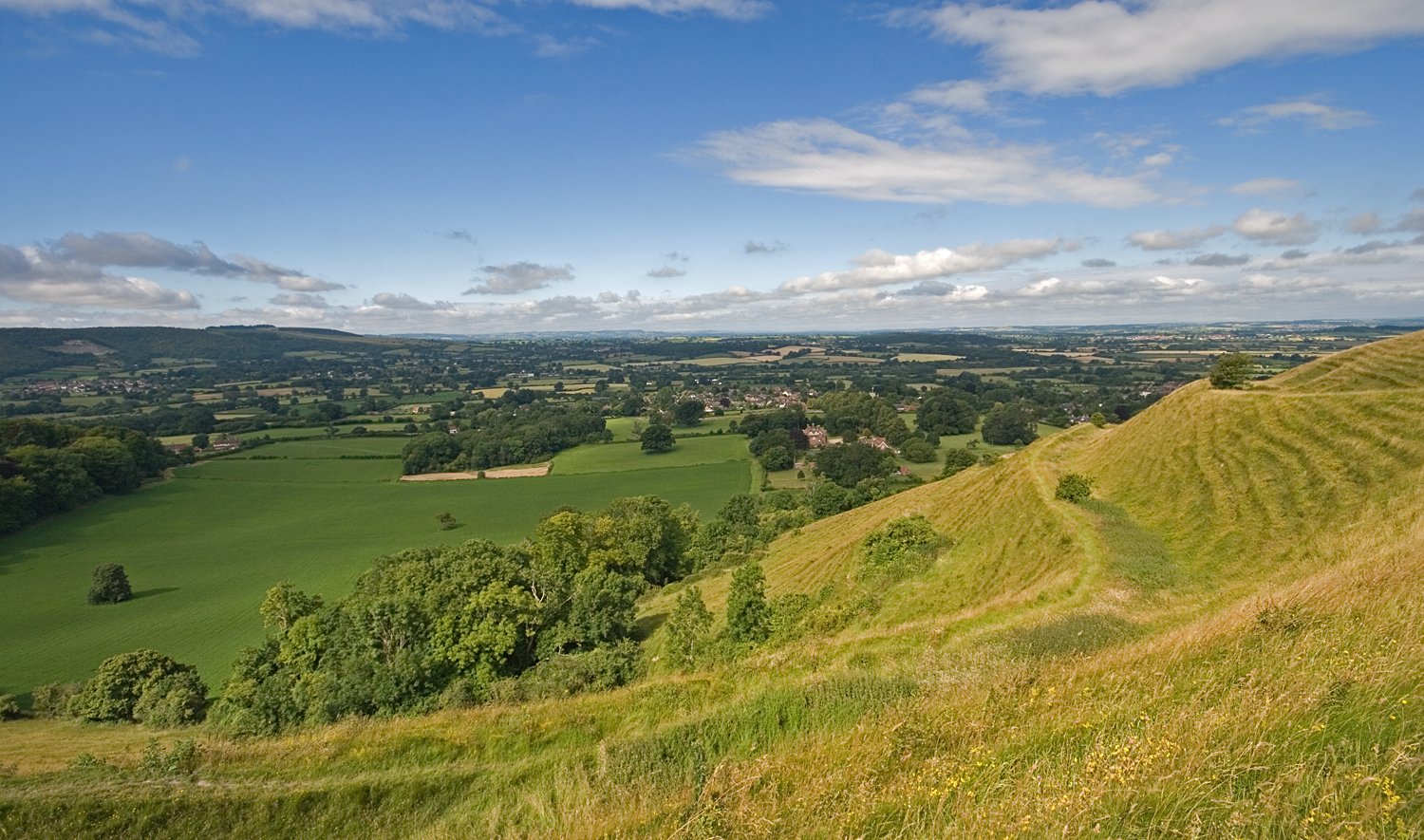|
Yenston
Yenston is a small hamlet in Somerset within the Parish of Henstridge. Located on the A357, the hamlet is located between Templecombe and Henstridge. Over the years the hamlet has seen a number of changes. Back in the 1950s, the village had 3 pubs, a Methodist Church and a Village shop, Village Shop Since then the pubs and shop have changed into dwellings, the village life is based around homelife. Yenston's major feature is the Gartell Light Railway, which allows you to travel behind Steam train, Steam & Diesel locomotive, Diesel hauled trains on the old Somerset & Dorset Joint Railway through the heart of Blackmore Vale. The Gartell Railway is open on a limited calendar.  Other features of the village consist of the Yenston Stone (created in 200 ...
Other features of the village consist of the Yenston Stone (created in 200 ...
[...More Info...] [...Related Items...] OR: [Wikipedia] [Google] [Baidu] |
Henstridge
Henstridge is a village and civil parish in Somerset, England, situated east of Sherborne in the South Somerset district, near the border with Dorset. The parish includes the hamlet of Yenston. In 2011, the village had a population of 1,814. History The village name means "the ridge where stallions are kept". The parish was part of the hundred of Horethorne. Yenston Priory was a 16th-century house of Benedictine monks. Governance The parish council has responsibility for local issues, including setting an annual precept (local rate) to cover the council's operating costs and producing annual accounts for public scrutiny. The parish council evaluates local planning applications and works with the local police, district council officers, and neighbourhood watch groups on matters of crime, security, and traffic. The parish council's role also includes initiating projects for the maintenance and repair of parish facilities, as well as consulting with the district council on t ... [...More Info...] [...Related Items...] OR: [Wikipedia] [Google] [Baidu] |
Gartell Light Railway
The Gartell Light Railway is a privately run narrow gauge railway located at Yenston in the Blackmore Vale, south of Templecombe, in Somerset, England. It operates a narrow gauge railway running for , partly along the track of the old Somerset and Dorset Joint Railway. The railway has 4 stations – Common Lane, Pinesway Junction, Park Lane and Tower View. The railway is controlled using a comprehensive signalling system operated from two signalboxes – Common lane and Pinesway Junction. Both signalboxes control a mix of semaphore and colour light signals with mechanically operated points. The railway is open to the public on selected dates through the year when it normally operates an intensive 3 train operation with departures from Common Lane station every 20 minutes through the day between 10:30 and 16:30. The route of the GLR * Park Lane * Pinesway Junction * Tower View Locomotives See also * British narrow gauge railways References * External links The R ... [...More Info...] [...Related Items...] OR: [Wikipedia] [Google] [Baidu] |
Somerset
Somerset ( , ), Archaism, archaically Somersetshire ( , , ) is a Ceremonial counties of England, ceremonial county in South West England. It is bordered by the Bristol Channel, Gloucestershire, and Bristol to the north, Wiltshire to the east, Dorset to the south-east, and Devon to the south-west. The largest settlement is the city of Bath, Somerset, Bath, and the county town is Taunton. Somerset is a predominantly rural county, especially to the south and west, with an area of and a population of 965,424. After Bath (101,557), the largest settlements are Weston-super-Mare (82,418), Taunton (60,479), and Yeovil (49,698). Wells, Somerset, Wells (12,000) is a city, the second-smallest by population in England. For Local government in England, local government purposes the county comprises three Unitary authorities of England, unitary authority areas: Bath and North East Somerset, North Somerset, and Somerset Council, Somerset. Bath and North East Somerset Council is a member of ... [...More Info...] [...Related Items...] OR: [Wikipedia] [Google] [Baidu] |
Templecombe
Templecombe is a village in Somerset, England, situated on the A357 road five miles south of Wincanton, east of Yeovil, and west of Salisbury. It is in the Blackmore Vale. Templecombe is the main settlement in the civil parish of Abbas and Templecombe, along with the hamlet of Combe Throop. Historically, Temple Combe was the southern part of the village and Abbas Combe the northern part, but in modern usage Templecombe is the common name for the whole settlement. The parish had a population of 1,657 at the 2021 census,Table PP002 - Sex, from up from 1,560 in 2011. History Before the Norman Conquest Combe was held by Leofwine Godwinson. Abbas Combe was recorded in the ''Domesday Book'' of 1086–7 as ''Cumbe'', when it was held by the church of St Edward, Shaftesbury. The other manor within the parish was held by Godwinson, but after the Norman Conquest, was given to Bishop Odo of Bayeux. It was his descendant Serlo FitzOdo who granted it to the Knights Templar. The ... [...More Info...] [...Related Items...] OR: [Wikipedia] [Google] [Baidu] |
Methodist Church
Methodism, also called the Methodist movement, is a Protestant Christianity, Christian Christian tradition, tradition whose origins, doctrine and practice derive from the life and teachings of John Wesley. George Whitefield and John's brother Charles Wesley were also significant early leaders in the movement. They were named ''Methodists'' for "the methodical way in which they carried out their Christian faith". Methodism originated as a Christian revival, revival movement within Anglicanism with roots in the Church of England in the 18th century and became a separate denomination after Wesley's death. The movement spread throughout the British Empire, the United States and beyond because of vigorous Christian mission, missionary work, and today has about 80 million adherents worldwide. Most List of Methodist denominations, Methodist denominations are members of the World Methodist Council. Wesleyan theology, which is upheld by the Methodist denominations, focuses on Sanc ... [...More Info...] [...Related Items...] OR: [Wikipedia] [Google] [Baidu] |
Village Shop
A general merchant store (also known as general merchandise store, general dealer, village shop, or country store) is a rural or small-town store that carries a general line of merchandise. It carries a broad selection of merchandise, sometimes in a small space, where people from the town and surrounding rural areas come to purchase all their general goods. The store carries routine stock and obtains special orders from warehouses. It differs from a convenience store or corner shop in that it will be the main shop for the community rather than a convenient supplement. General stores often sell staple food items such as milk and bread, and various household goods such as hardware and electrical supplies. The concept of the general store is very old, and although some still exist, there are far fewer than there once were, due to urbanization, urban sprawl, and the relatively recent phenomenon of big-box stores. The term "general merchandise store" is also used to describe a h ... [...More Info...] [...Related Items...] OR: [Wikipedia] [Google] [Baidu] |
Steam Train
A steam locomotive is a locomotive that provides the force to move itself and other vehicles by means of the expansion of steam. It is fuelled by burning combustible material (usually coal, oil or, rarely, wood) to heat water in the locomotive's boiler to the point where it becomes gaseous and its volume increases 1,700 times. Functionally, it is a steam engine on wheels. In most locomotives, the steam is admitted alternately to each end of its cylinders in which pistons are mechanically connected to the locomotive's main wheels. Fuel and water supplies are usually carried with the locomotive, either on the locomotive itself or in a tender coupled to it. Variations in this general design include electrically powered boilers, turbines in place of pistons, and using steam generated externally. Steam locomotives were first developed in the United Kingdom during the early 19th century and used for railway transport until the middle of the 20th century. Richard Trevithick built ... [...More Info...] [...Related Items...] OR: [Wikipedia] [Google] [Baidu] |
Diesel Locomotive
A diesel locomotive is a type of railway locomotive in which the prime mover (locomotive), power source is a diesel engine. Several types of diesel locomotives have been developed, differing mainly in the means by which mechanical power is conveyed to the driving wheels. The most common are diesel–electric locomotives and diesel–hydraulic. Early internal combustion engine, internal combustion locomotives and railcars used kerosene and gasoline as their fuel. Rudolf Diesel patented his first compression-ignition engine in 1898, and steady improvements to the design of diesel engines reduced their physical size and improved their power-to-weight ratios to a point where one could be mounted in a locomotive. Internal combustion engines only operate efficiently within a limited power band, and while low-power gasoline engines could be coupled to mechanical transmission (mechanics), transmissions, the more powerful diesel engines required the development of new forms of transmiss ... [...More Info...] [...Related Items...] OR: [Wikipedia] [Google] [Baidu] |
Somerset & Dorset Joint Railway
The Somerset and Dorset Joint Railway (S&DJR, also known as the S&D, S&DR or SDJR), was an English railway line jointly owned by the Midland Railway (MR) and the London and South Western Railway (LSWR) that grew to connect Bath (in north-east Somerset) and Bournemouth (then in Hampshire; now in south-east Dorset), with a branch in Somerset from Evercreech Junction to Burnham-on-Sea and Bridgwater. Strictly speaking, its main line only ran from Bath Junction to Broadstone, as the Bath to Bath Junction section was wholly owned by the MR and the Broadstone to Bournemouth section was owned by the LSWR. Brought under joint ownership in 1876, the S&DJR was used for freight and local passenger traffic over the Mendip Hills, and for weekend holiday traffic to Bournemouth. Criticised as the "Slow and Dirty" or the "Slow and Doubtful", it closed in 1966 as part of the Beeching axe despite protests from the local community. Overview The initial Somerset and Dorset Railway (S&DR) w ... [...More Info...] [...Related Items...] OR: [Wikipedia] [Google] [Baidu] |
Blackmore Vale
The Blackmore Vale (; less commonly spelt ''Blackmoor'') is a vale, or wide valley, in north Dorset, and to a lesser extent south Somerset and southwest Wiltshire in southern England. Geography The vale is part of the Stour valley and part of the natural region known as the Blackmoor Vale and Vale of Wardour. The southern periphery of the vale is in the Dorset National Landscape area. To the south and east, the vale is clearly delimited by the steep escarpments of two areas of higher chalk downland, the Dorset Downs to the south, and Cranborne Chase to the east. To the north and west, the definitions of the vale are more ambiguous, as the landscape changes more gradually around the upper reaches of the Stour and its tributaries. One definition places the boundary along the watershed between the Stour and neighbouring valleys of the Yeo to the west and Brue to the north. A narrower definition places the limits of the vale close to the county boundary and villages like Bou ... [...More Info...] [...Related Items...] OR: [Wikipedia] [Google] [Baidu] |





